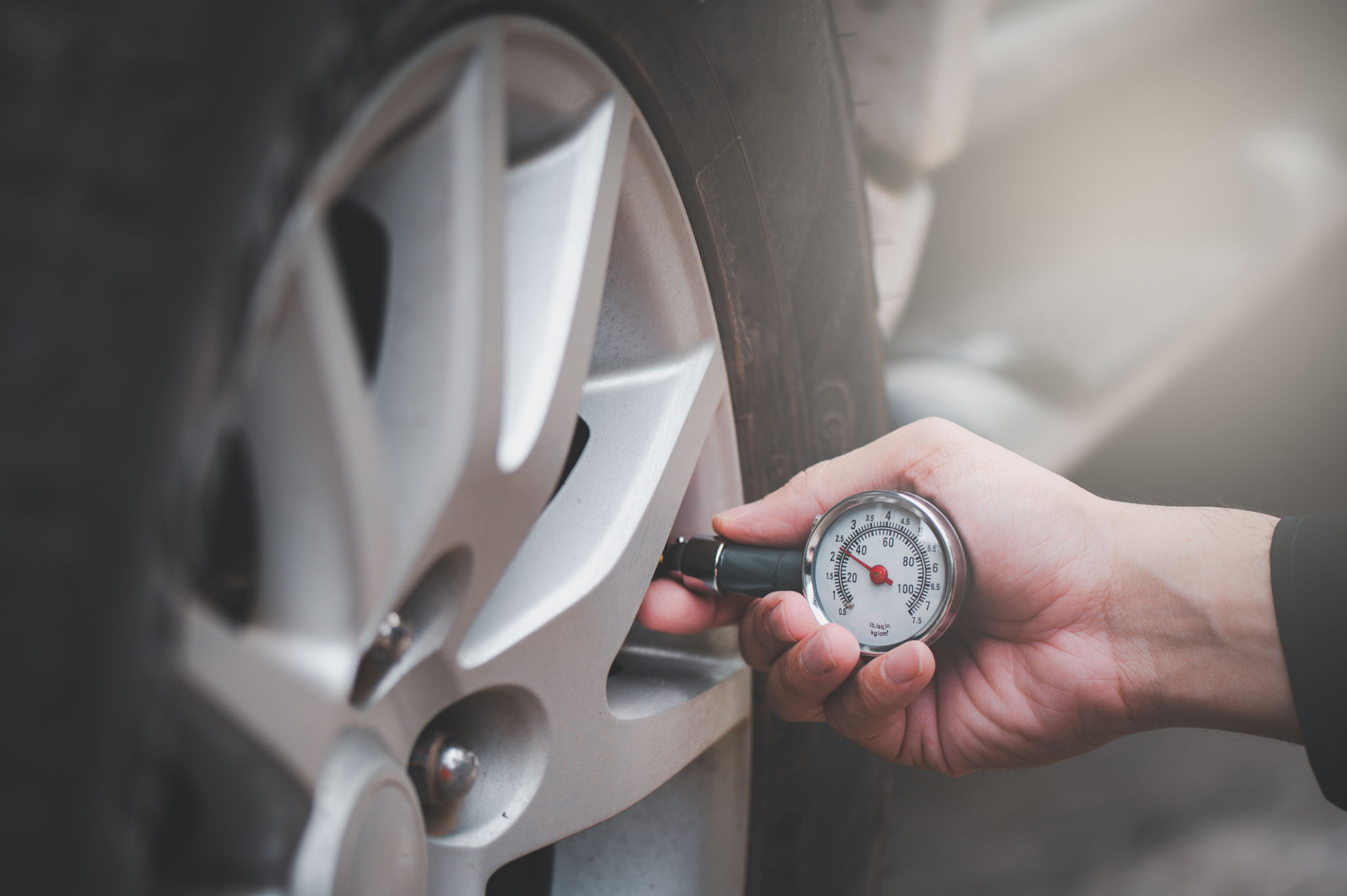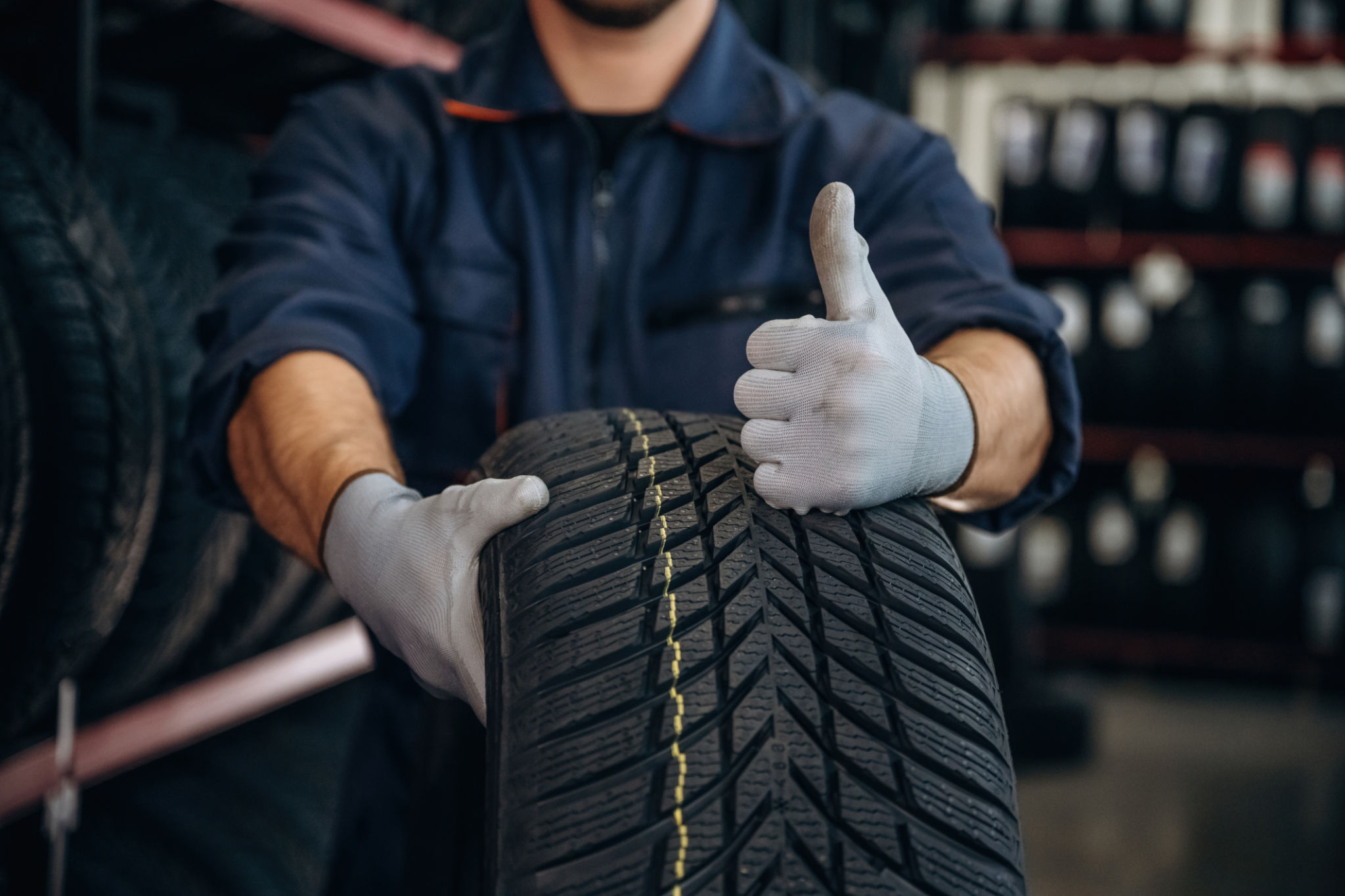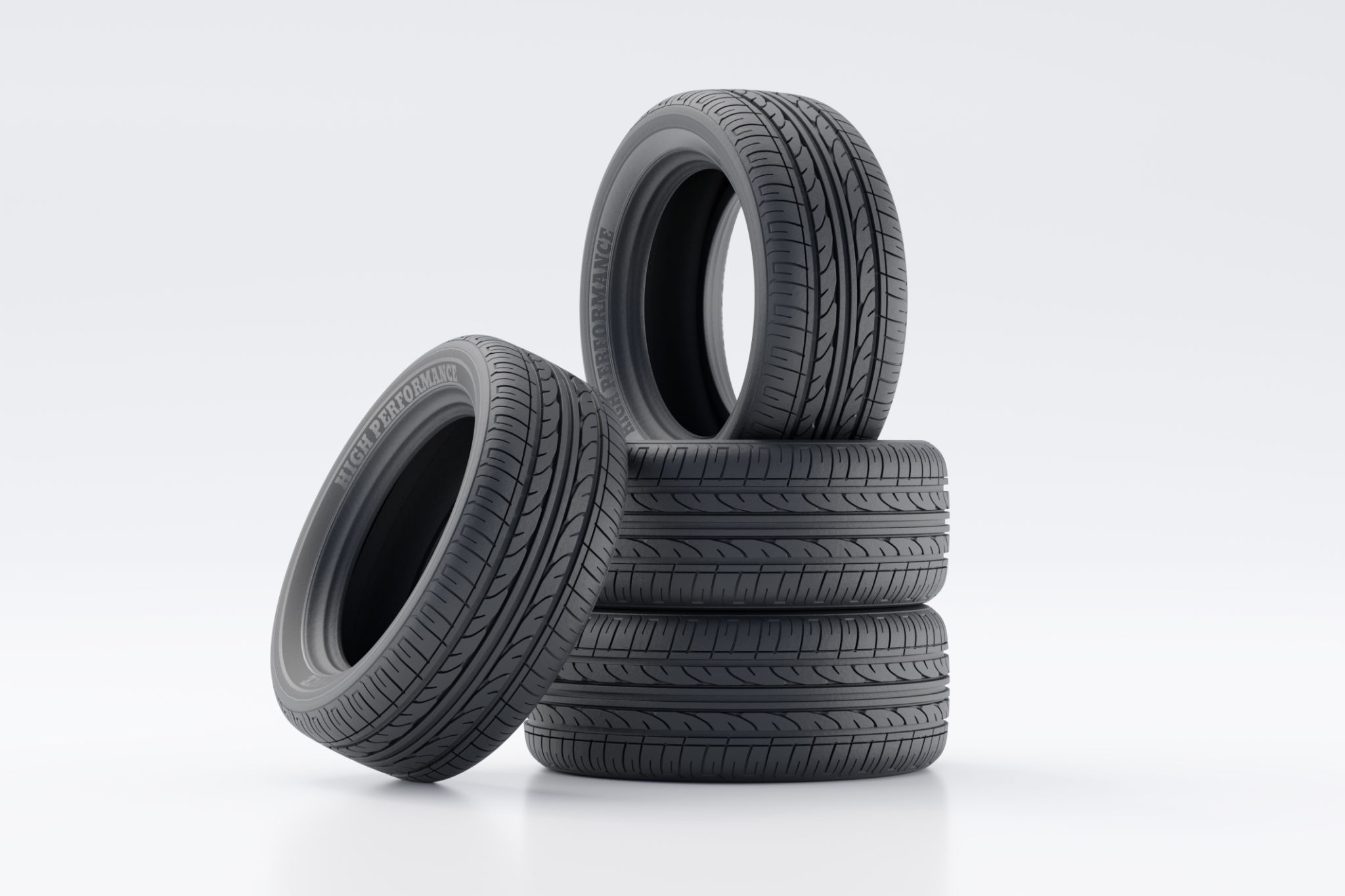Common Myths About Tire Care Debunked by Big T Tire & Automotive Experts
RS
Understanding Tire Pressure
One of the most common myths about tire care is that you can determine the correct tire pressure by simply looking at your tires. In reality, this is not an accurate method. Tires can appear properly inflated even if they are under or over-inflated. To ensure optimal performance and safety, it's crucial to use a tire pressure gauge regularly. Check your tire pressure at least once a month and always before long trips.

The Truth About All-Season Tires
Another widespread misconception is that all-season tires are suitable for all weather conditions, including harsh winter environments. While all-season tires are designed to handle a variety of conditions, they are not a replacement for winter tires. In areas with severe winter weather, it's advisable to switch to winter tires for better traction and safety.
Tire Rotation Necessities
Many drivers underestimate the importance of tire rotation. Some believe that it's unnecessary or that it should be done infrequently. However, regular tire rotation helps to ensure even wear and extends the lifespan of your tires. Big T Tire & Automotive Experts recommend rotating your tires every 5,000 to 8,000 miles, or as advised by your vehicle's manufacturer.

Age vs. Mileage
There is a myth that tire replacement should be based solely on mileage. While mileage is an important factor, the age of the tire is equally crucial. Tires degrade over time, regardless of how much they're used. Most tire manufacturers suggest replacing tires every six to ten years, even if they appear to have sufficient tread.
Patching vs. Replacing
Some believe that a patched tire is as good as a new one. Although patching can be a temporary solution for minor punctures, it is not always the best long-term option. It's essential to have your tire evaluated by a professional to determine if a replacement is necessary, ensuring your safety on the road.

Balancing Importance
Many drivers overlook the need for tire balancing, assuming it's an unnecessary service. Tire balancing ensures that the weight is evenly distributed around the entire circumference of the wheel. Without it, you may experience vibrations, uneven tire wear, and increased stress on your vehicle's suspension. Regular balancing can enhance driving comfort and prolong the life of your tires.
Understanding Tread Depth
Finally, there's a common belief that as long as there's some tread left, the tire is safe to use. However, tread depth is critical for maintaining traction, especially in wet conditions. The minimum legal tread depth is typically 2/32 of an inch, but it’s recommended to replace tires when tread depth reaches 4/32 of an inch for optimal safety.

By debunking these myths, Big T Tire & Automotive Experts hope to provide drivers with accurate information to maintain their tires effectively. Proper tire care not only enhances safety but also improves fuel efficiency and extends the life of your tires. Remember, when in doubt, consult with a professional to ensure you're making the best decisions for your vehicle's tires.